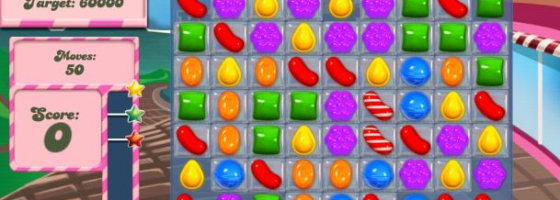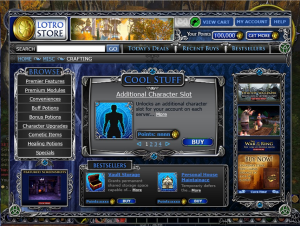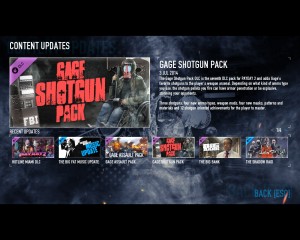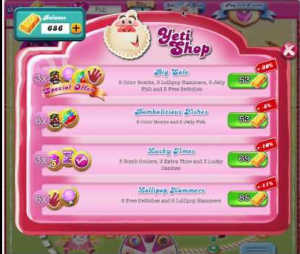I was reading a Gamasutra piece by a friend of mine regarding the use of frustration in the form of “fun pain.” This is the way that many F2P games have made their money and is definitely not on the good side of monetization. I want to talk about this more and how the practice goes against the point of game design.
The Pain of Play:
Fun Pain mechanics are usually seen in F2P or heavily monetized titles. They are mechanics designed around making the experience worse for the player. The idea is to create something that is intentionally frustrating so that people will pay to get rid of it, but not so frustrating that it drives them completely away.
The most common form of fun pain mechanics are those built around quality of life mechanics; elements that make the game easier or less cumbersome to play. DC Universe Online has a cap of the amount of currency and inventory space you were allowed for free players. From the article, Elder Scrolls Online had an inventory cap that could be expanded on for real money.
Most often when a game goes from retail to F2P, fun pain mechanics are usually added. Fun pain isn’t about making a mistake with your design, but intentionally having poor elements in your game to get people to spend money.
This would be like a car dealership selling cars with low brake fluid so that they will get damaged to up sell people on car insurance.
This is simply not good game design and should not be the reason to spend money in a game.
Short vs. Long-term Profits:
Long-term game development/games as a service requires gamers to be motivated to keep playing your game. Games designed around this model develop hardened fans that want to see the game thrive and are willing to support developers with their attention and money.
To get to that point, you need to offer the players something that they are willing to support. Titles like League of Legends and Team Fortress 2 didn’t become best sellers overnight. Both games had their share of growing pains and changes to reach the point where they’re at now. As we’ve talked about before, Riot Games was originally losing money on League of Legends before they hit it big.
You need to decide where you want your money to come from: Short-term fun pain/heavily monetized elements, or a long-term plan with a dedicated fan-base.
You can’t have it both ways; adding in fun pain mechanics to an already developed title is an easy way to piss off your fans.
As with anything, the products that are going to succeed the best are the ones of high quality.
Building a Brand:
The games that have made it work in the F2P or games as a service space are the ones who have created brands for themselves. Payday 2, League of Legends, DOTA 2, Team Fortress are just a few of the examples.
The focus is on creating something greater than just the game itself. Blizzard is one of the kings of brand recognition with their titles; with the recent Blizcon event as proof of it. You have to be willing to support your game and be invested in seeing it grow besides focusing on a profit.
We are seeing examples of this from the indie space thanks to the level of transparency there. Developers like Klei Entertainment, Arcen Games, Abbey Games and etc, have built loyal fan bases. Ultimately, long-term interest in a game and company will beat out short-term every time.
Shot in the Foot:
Fun pain mechanics go against the basic tenets of good game design. You should never be intentionally making your game frustrating to play. If people find your game too frustrating, you’re going to lose them as fans long before they decide to spend money. Their use reminds me of metrics driven game design from the arcade era, and how developers focused on profit instead of consumer value. While it did work for a long time, the arcade market eventually died down due to lack of innovation and value for consumers.
Games with fun pain mechanics will never be as successful as League of Legends or Team Fortress 2. And we have to mention the fact that companies that do use them aren’t going to be able to pull the same trick off with second and third titles.
The mobile market has been struggling to get out of the shadows of the giants of Zynga, King and Rovio for some time. The fact that we haven’t heard of any new major successes that have sustained themselves is troubling. What this means for the future of the mobile market is anyone’s guess.
For those of you reading this, what do you think of fun pain mechanics? And can you think of any examples where they actually added to the experience?
If you enjoyed this post, please consider donating to the Game-Wisdom Patreon campaign. Your donations can help to keep the site going and allow me to produce more great content. Follow me on Twitter @GWBycer, and you can find daily video content on the Game-Wisdom YouTube channel.





